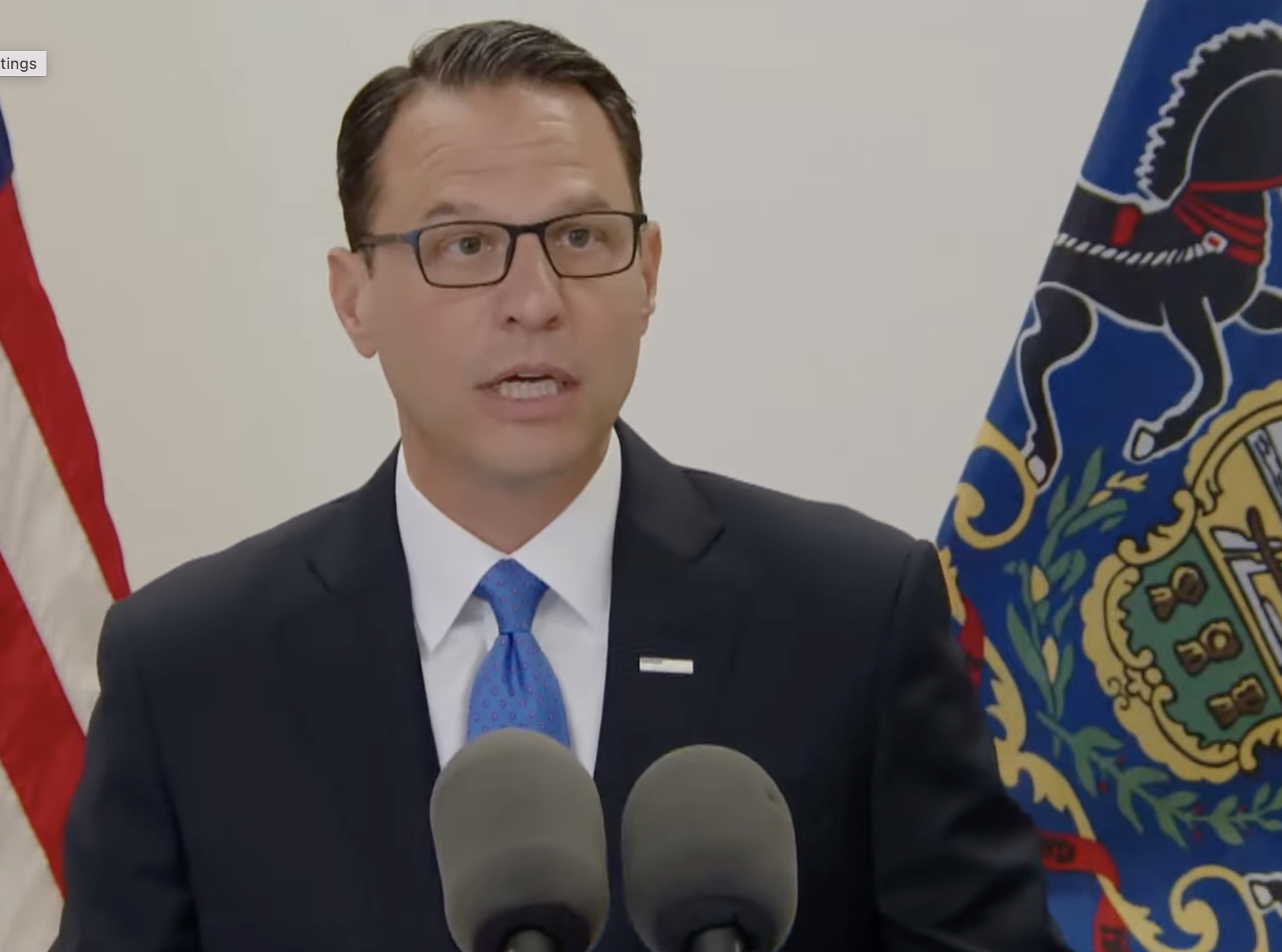Shapiro Orders Some State Employees Back to the Office

Gov. Josh Shapiro is drawing praise for his decision to order some state workers back into the office.
The Shapiro administration sent a letter to 2,300 employees saying they need to return to onsite work as of March 6. Those employees — senior managers, Governor’s Office staff, and cabinet members — will be in the office at least three days per week.
“This will enhance collaboration and relationships; build strong workplace cultures; increase mentoring, leadership development, and upskilling opportunities; and better serve Pennsylvanians while continuing to offer flexibility for employees,” said Dan Egan, communications director, state Office of Administration.
“Most of the approximately 2,300 employees affected by the new telework guidance are already working a hybrid schedule of some kind throughout the commonwealth. This does not impact any commonwealth employees who are currently represented by a union.”
Like his executive order opening more state jobs to workers without a four-year degree, Shapiro’s move won bipartisan praise.
“It is well overdue to call the governor’s administration back to in-person work. I applaud Gov. Shapiro,” said state Sen. Rosemary Brown (R-Monroe/Lackawanna/Wayne).
Guy Ciarracchi, former president of the Chester County Chamber of Business and Industry and a 2022 Republican candidate for Congress said, “It’s well past time for everyone to go back to the office—especially those in public service.
“For many people, as a practical matter, the COVID emergency ended by the fall of 2020 and for almost everyone by the spring of 2021,” he added, “Shapiro’s decision is fair and fact-based.”
One consequence of remote working has been to cause collateral economic damage to the restaurants and small businesses that serve these government workers noted Harrisburg Mayor Wanda Williams.
“With more people coming into Harrisburg and surrounding communities, our Main Street businesses and bustling downtown will have an opportunity to continue to grow and thrive – and it will be nice to see more of our neighbors and colleagues again,” said Williams.
Brown pointed out many government offices have been shut down throughout the state, including “many Democratic legislative offices.”
“This all was occurring while the Department of Labor and Industry, due to the governor’s COVID restrictions and closures, was unable to keep up with unemployment filings and concerns,” Brown said. “I am pleased that Gov. Shapiro called upon his staff to return to the office, and I encourage him to extend the order to all 78,000 state employees.”
Egan said around 25 percent of the 72,000 salaried state employees telework part-time or full-time.
“The majority, about 75 percent, do not telework at all and report to their work location for 100 percent of their work schedule,” he said.
Secretary of Administration Neil Weaver acknowledged there were benefits from remote work, but added “they must be balanced with the many benefits of being in the office, including improved opportunities for collaboration, mentorship, informal learning, and overall well-being, as well as the sense of connection and shared mission that comes with being in the workplace.
“This rebalancing of telework schedules will allow us to enjoy both.”
Please follow DVJournal on social media: Twitter@DVJournal or Facebook.com/DelawareValleyJournal



